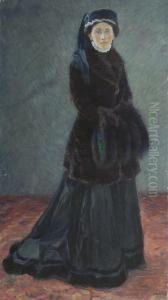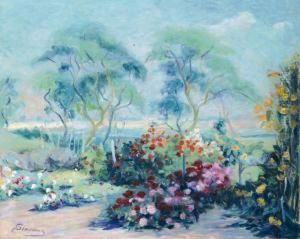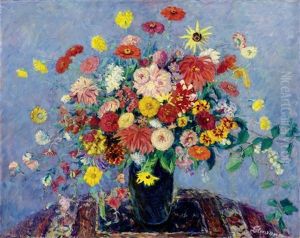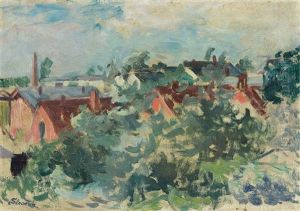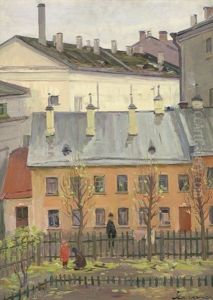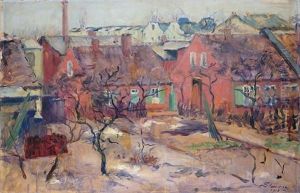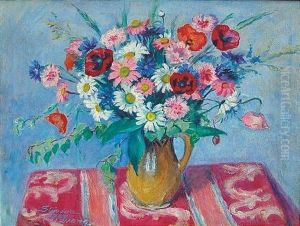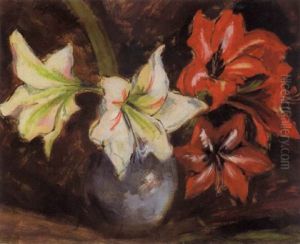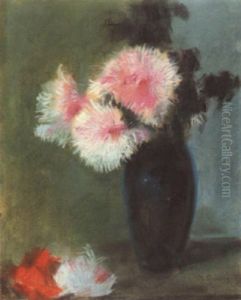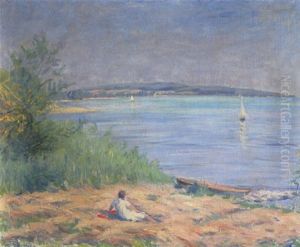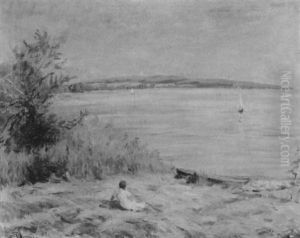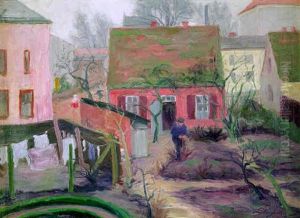Maria Slavona Paintings
Maria Slavona, born Marie Louise Katharina von Gierszewski in 1865 in Thorn, Prussia (now Toruń, Poland), was a distinguished German painter and printmaker associated with the Berlin Secession movement. Her artistic journey began in the vibrant cultural milieu of late 19th century Europe, a period marked by rapid transformations in art and society. Slavona's work, characterized by its bold experimentation and emotive intensity, reflects the tumultuous era in which she lived and worked.
Slavona's early life was steeped in the conservative traditions of Prussian society, but she broke away from these constraints to pursue her passion for art. She studied in Berlin and later in Paris, where she was influenced by the burgeoning Symbolist movement and the avant-garde circles that congregated around the Académie Julian and the Académie Colarossi. It was in Paris that she adopted the pseudonym Maria Slavona, a nod to her Slavic heritage and a symbol of her artistic rebirth.
Her association with the Berlin Secession, a group of artists who rebelled against the academic art establishment in Germany, marked the peak of Slavona's career. She was not only a participant in their exhibitions but also played a significant role in the group's evolution, contributing to the development of modernist art in Germany. Slavona's work from this period is noted for its innovative use of color and form, as well as its exploration of female identity and eroticism, themes that were progressive for her time.
Throughout her life, Slavona navigated the challenges of being a woman in a male-dominated art world, forging connections with influential artists and intellectuals, including Lovis Corinth, Max Slevogt, and Rainer Maria Rilke. Her personal life, particularly her complex relationship with the painter and printmaker Max Liebermann, was as unconventional as her art, reflecting her defiance of societal norms.
Despite her significant contributions to German modernism, Maria Slavona's legacy was somewhat overshadowed by her male contemporaries. However, recent scholarship and exhibitions have begun to re-evaluate her work, recognizing her as a pioneering figure in the development of modern art. Slavona continued to paint and exhibit until her death in 1931, leaving behind a body of work that continues to inspire and challenge audiences with its depth and originality.
